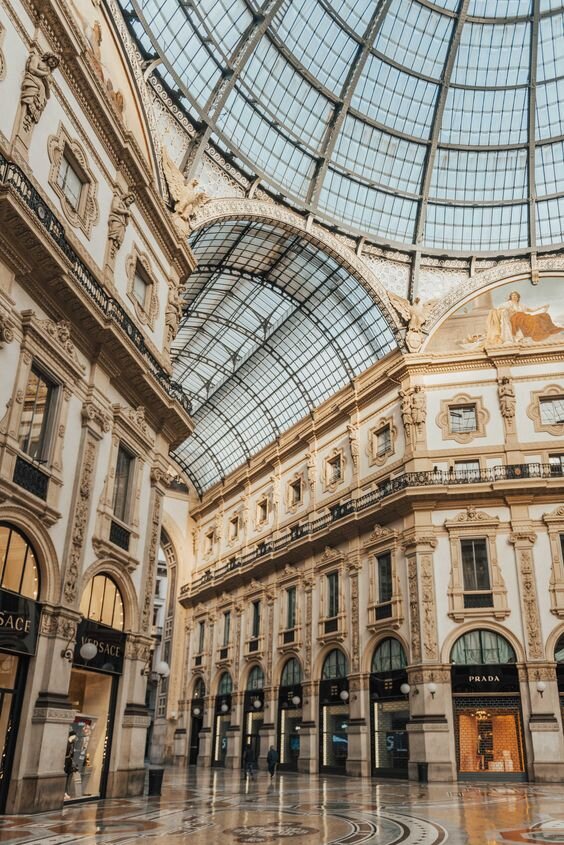Is this the end of 'Made in Italy'?

After COVID, is the Italian fashion system dead in the water? Sustainability and innovation have always been the key pillars of this system, and now more than ever, they may end up being its savior.
I am grateful to have had the experience of going to business school in Italy. Through the experiences there visiting Italian factories and textile mills or even the key design fairs (Salone del Mobile), you really come to understand the Italian fashion system, and what makes it special and unique.
Italy and France have always been synonymous with luxury fashion, but as the industry knows, France looks to the past while Italy looks to the future. The French fashion system is all about sophistication and provocation, couture and accessories, with a focus on tradition and individualism. The Italian fashion system by contrast is all about design, craftsmanship, innovation and sustainability. This is not to say either system is better or worse, but I may suggest that Italy does hold some key pillars which may save its artisan industry in this uncertain time.
We all know the ‘Made in Italy’ story. We romanticize artisans working by hand in small factories in the Italian countryside, and this image has placed Italy directly at the center of the luxury supply chain. According to McKinsey, the country holds more than a 40% share of luxury goods production. ‘Made in Italy’ has always been a huge plus point and advantage for brands, and will continue to be so.
However, lower costs of outsourcing and the introduction of new technologies in fashion manufacturing have the potential of uprooting and removing the need for many of the small factories in Northern Italy, which would be a huge blow to Italy’s fashion system. For years this has been a worry, which recently has expanded due to the coronavirus. Further, it is becoming harder and harder to find artisans who are trained, and there is a huge talent deficit in Italy for those who truly know how to hand craft luxury goods.
However, in my opinion, not all is lost, and I believe the coronavirus may have saved a large portion of the Italian fashion system. If we go back to the idea that localism will be key after covid 19, there will be an increasing demand for brands to be sustainable, and for fabric to be high quality and ethically sourced, ideally from home. Further, as the pandemic highlights inequalities in the supply chain, calls for fair wages and better working conditions are no longer able to be ignored. Brands who have turned a blind eye to poor working conditions will no longer be able to do so in an age where transparency and a turn towards the human element is key.
Luckily, Italy has always been a leader in both these areas (innovation in sustainability, and a focus on the highest quality materials). The pandemic therefore may actually give smaller factories and workshops a new lease on life as brands turn more towards home than abroad, and strive to bring the humanity back into the fashion supply chain. However, this is all contingent on larger brands’ willingness to work with these workshops and to not outsource production for short term gains. Luckily, the future looks hopeful. A recent McKinsey & Co survey of sourcing executives found that roughly 60 percent of respondents expect manufacturing clusters to expand in Central America and Eastern Europe to be closer to consumers in Western Europe and the US.
So- despite the struggles that Italy is facing recently, let’s hope that the Italian supply chain will weather the storm and stay intact. Perhaps even they can be part of a sort of supply chain renaissance. As one of the hardest hit regions by the pandemic, they also may be one of the key players in fashion’s big reset.
Source: Business of Fashion








